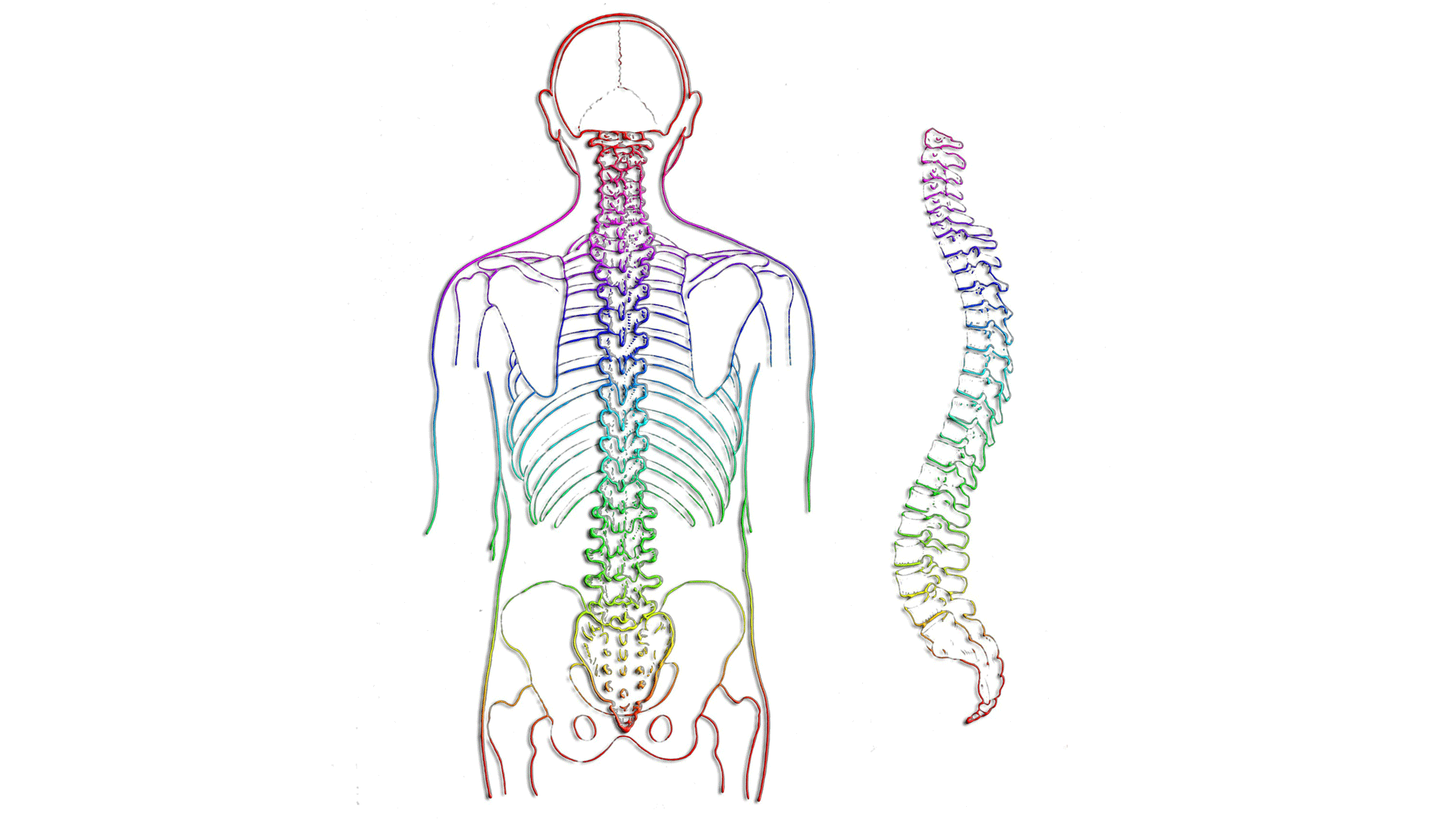At the end of 2016, American researchers published a study in JAMA Pediatrics investigating the connection between ADHD stimulant use and bone mass in children.
Researchers analyzed 6 years of data collected from the National Health and Nutrition Examination Survey database, a series of cross-sectional, nationally representative health and nutrition surveys of the US population. Specifically, they looked at nearly 6,500 young people between 8 and 20 years of age.
Then they assessed any association between stimulant use for ADHD and bone mineral density and bone mineral content in femur, femoral neck, and lumbar spine using dual-energy x-ray absorptiometry.
What they discovered was that those who used stimulants to treat ADHD also typically had lower bone mass compared to those who did’t use stimulants, particular if they had been using stimulants for over 3 months.
While the study wasn’t conclusive in claiming that stimulants were directly responsible for the bone density, the researchers did call for more studies to specifically study how stimulant use can affect bone mass in children.

